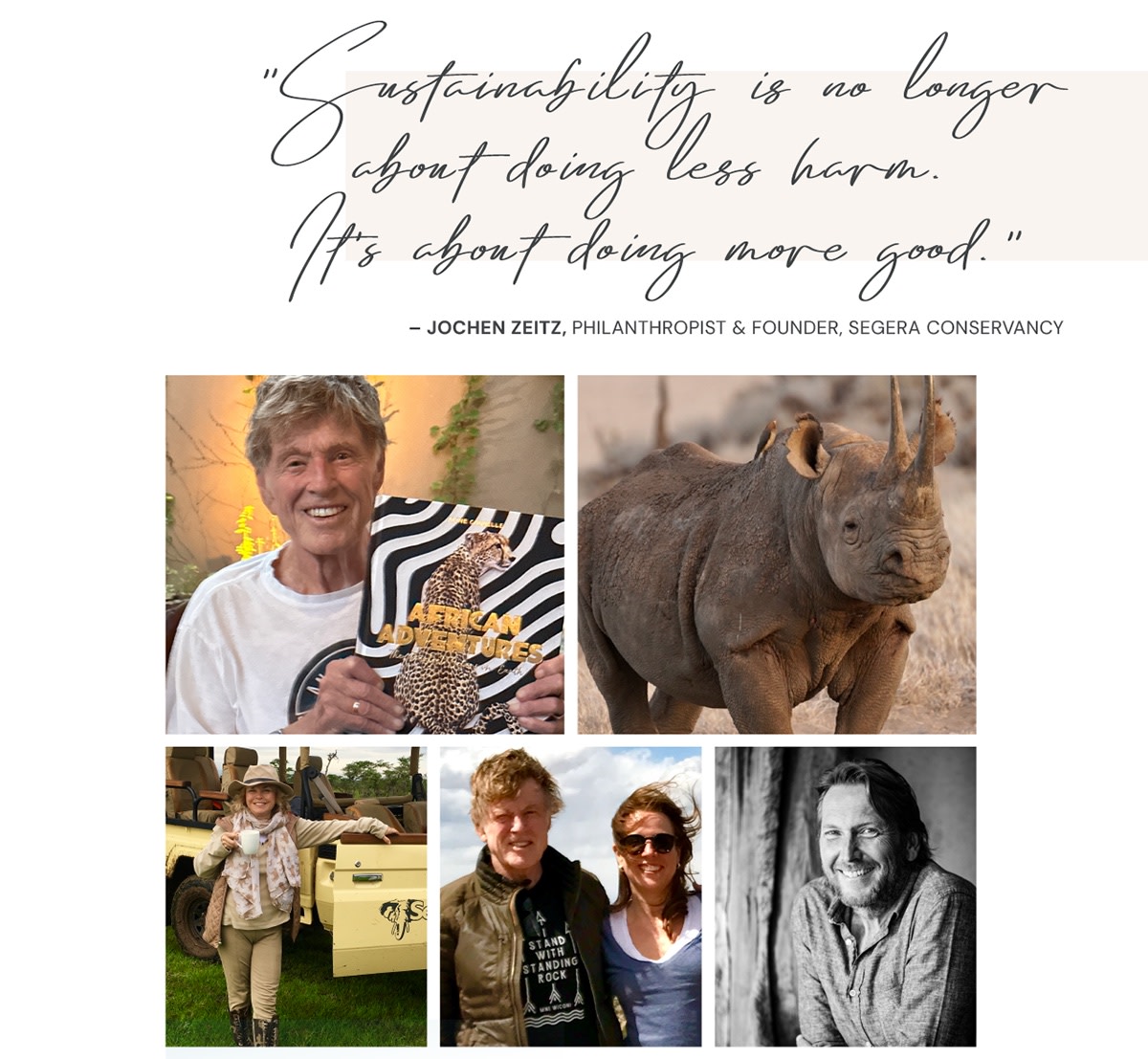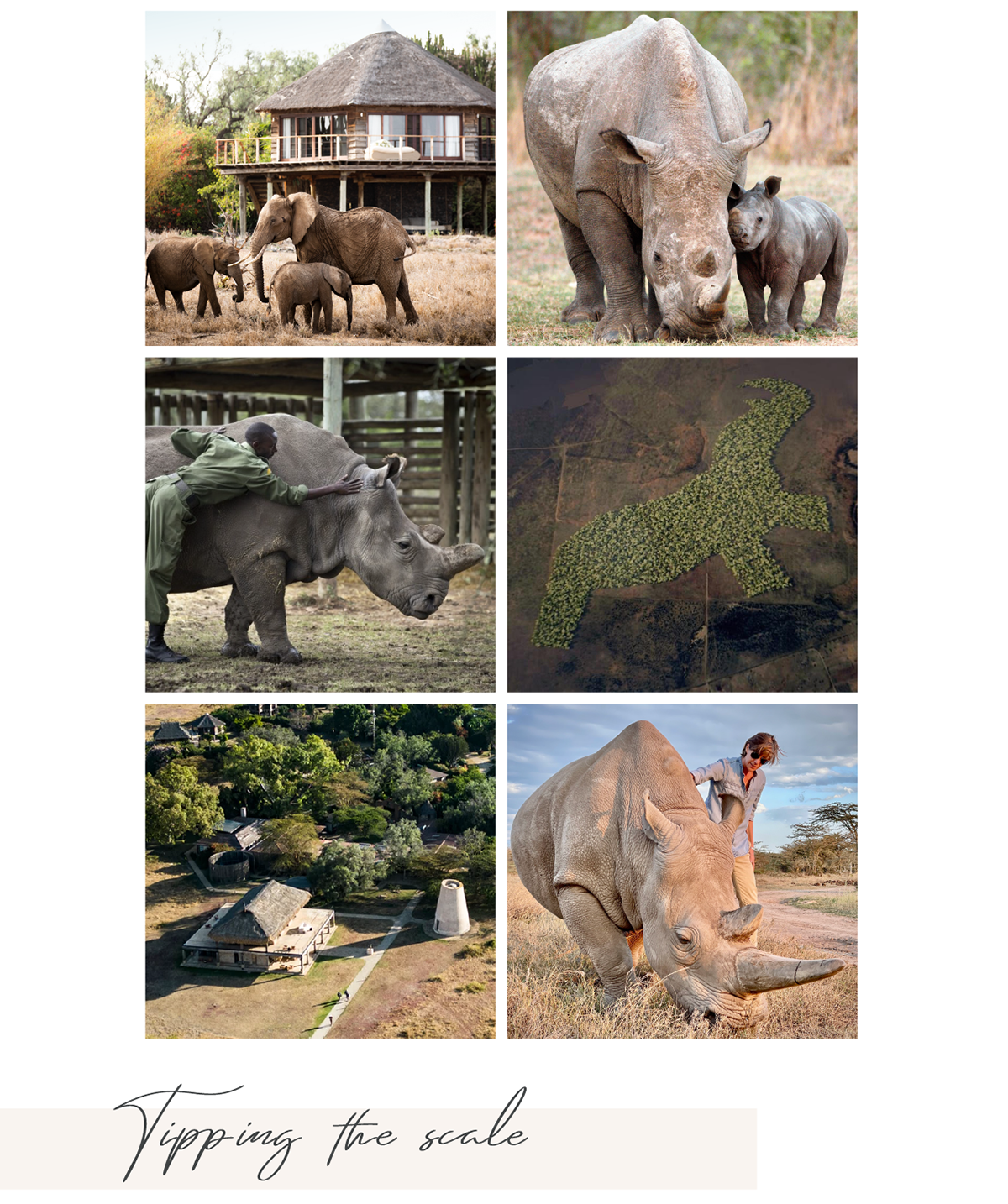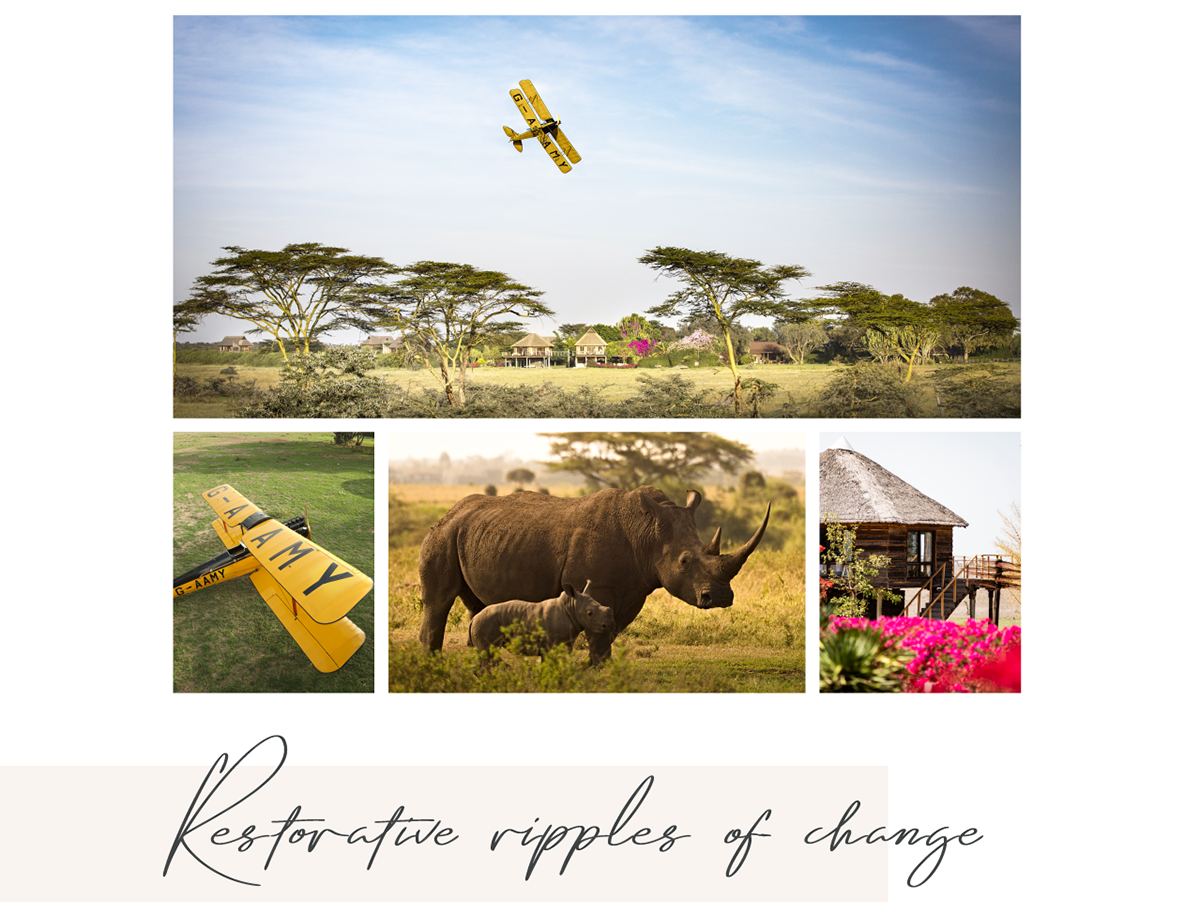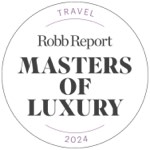
The friendships formed through travel in Africa have a unique alchemy. Founded on a mutual love of exploring and protecting our planet’s last wild spaces, they have a profoundly positive ripple effect. ROAR AFRICA guest (and my dear friend) Pat Mitchell introduced me to actor Robert Redford many moons ago. Pat is, after all, the most generous connector of people known to humankind! As a little girl from a rural farm in Zimbabwe who first watched Out of Africa at eight years old – it was truly a dream come true. Years later, I made another dream come true and introduced Robert Redford to Segera’s owner and philanthropist, Jochen Zeitz. What blossomed between all of us was a deep connection founded on a love of the wild and an innate understanding of what is at stake.
To learn that Jochen’s ambitious plan for Segera’s rhino sanctuary will be partly funded by the auction of the G-AAMY biplane from that iconic Out of Africa movie scene is a deeply emotional, full-circle moment for me. The impact of storytelling always blows my mind. When I think of how much influence Redford has had on people’s dreams of Africa and how that has played such a significant role in tourism, so many lives have been impacted for the better. Jochen Zeitz is now safeguarding those dreams for the future, bringing critically endangered black rhinos back home to Segera - to the sacred foothills of Mount Kenya, where they once roamed free.

Kenya’s black rhino population fell 98% between 1970 and 1985, plummeting from 20, 000 to under 400. These heartbreaking numbers are hard to fathom. However, all is far from lost. Though these gentle giants are now the most critically endangered species in the world, Kenya is leading the charge in rhino conservation. Thanks to the tireless work of those in the field, numbers have steadily climbed to an incredible 5,000 today.
Rhinos are an umbrella species critical to maintaining healthy biodiversity dynamics, shaping ecosystems and safeguarding migratory corridors for elephants. (Nearly half of all migratory species, which includes elephants, are in decline, with 20% facing extinction.) Thanks to scientifically moot cultural beliefs of medical benefits, illegally trafficked rhino horn now fetches $ 60,000 per kilogram on the black market. Thus, the pressure of relentless poaching continues to take a toll on this solitary, defenceless species. We’ve talked extensively about rhino poaching and conservation with pioneers in South Africa like Kennedy Zakeer and Cathy Dreyer. And while Kenya has had better success with preventing rhino poaching than South Africa, steadily increasing numbers at conservancies with sanctuaries like Ol Pejeta and Sirikoi through 24/7 monitoring, other factors like a lack of secure habitat and reduced space in the conservancies pose new problems. The additional space this rhino sanctuary at Segera will provide is desperately needed, and the location is prime.
Jochen Zeitz, the co-founder of Cape Town’s Zeitz MOCAA, The Zeitz Foundation and owner of Segera, is no stranger to conservation. His 4C’s – conservation, community, culture and commerce – are the foundational pillars on which Segera and its myriad of socially and ecologically responsible projects sit. Together, they bring to life Jochen’s belief that sustainable luxury is possible. With Jochen’s vision, I have no doubt that this rhino sanctuary, which is hoped to become the biggest in the world, will exceed all of our expectations. But we all must play our part in tipping the scale.

To bring The Segera Rhino Sanctuary Project to life, The Zeitz Foundation will work with the Kenya Wildlife Service to relocate black rhinos to Segera and begin restoring numbers. Beyond the physical relocation of these gentle giants, an incredibly costly and delicate process, Zeitz will work to expand their rhino habitat in three phases, connecting with existing conservancies like nearby Ol Jogi in Phase A, Ol Pejeta in Phase B, and in Phase C, remaining rhino sanctuaries in Laikipia. When all three phases of the project are complete, this rhino sanctuary will span an extraordinary 540,000 acres of protected land. It will be the largest uninterrupted rhino sanctuary in the world.
Jochen Zeitz hopes to raise ten million dollars to spread across translocation costs, female-led anti-poaching ranger units, canine units, veterinary costs, operations and community outreach. To aid these efforts, Zeitz will auction the 1929 G-AAMY Gipsy Moth biplane from that iconic film we know and love, Out of Africa. With Redford’s full support, that beautiful plane so close to all of our hearts is currently under the hammer at RM Sotheby’s at ModaMiami, from February 29 to March 3, 2024. All proceeds will go directly to The Zeitz Foundation to help fund the rhino sanctuary. What an incredible full-circle moment and proof of the transformative power of travel to Africa.

In sharing the extraordinary news of his plans for the rhino sanctuary at Segera, Jochen tells me, “G-AAMY’s sale is a bittersweet moment for me, having brought this beautiful airplane home to Kenya over a decade ago, but there is something poetic about it once again helping people fall in love with Africa’s landscape and wildlife, all these years after ‘Out of Africa’. There could be no better way to use her fame than to encourage the restoration of rhino populations back in their ancestral homeland.”
When we work together and travel responsibly, we give ourselves the gift of forming new friendships rooted in shared values, effecting real change, and leaving a legacy of positive impact on our planet’s most fragile environments. I cannot wait for our guests to see the Segera Rhino Sanctuary Project in person and for ROAR AFRICA to support this ground-breaking initiative throughout every phase.
To immerse in the wild beauty of Segera, Kenya, or to book a life-changing, conservation-forward safari, contact welcome@roarafrica.com. We aim to minimize the environmental impact of ROAR AFRICA travel by purchasing carbon credits equivalent to our emissions, contributing to wildlife preservation and investing in the communities that host us.



